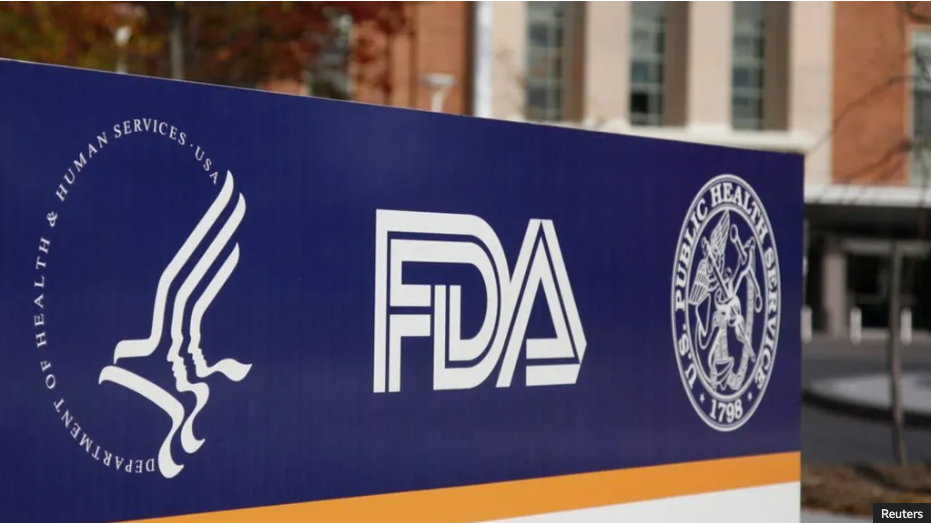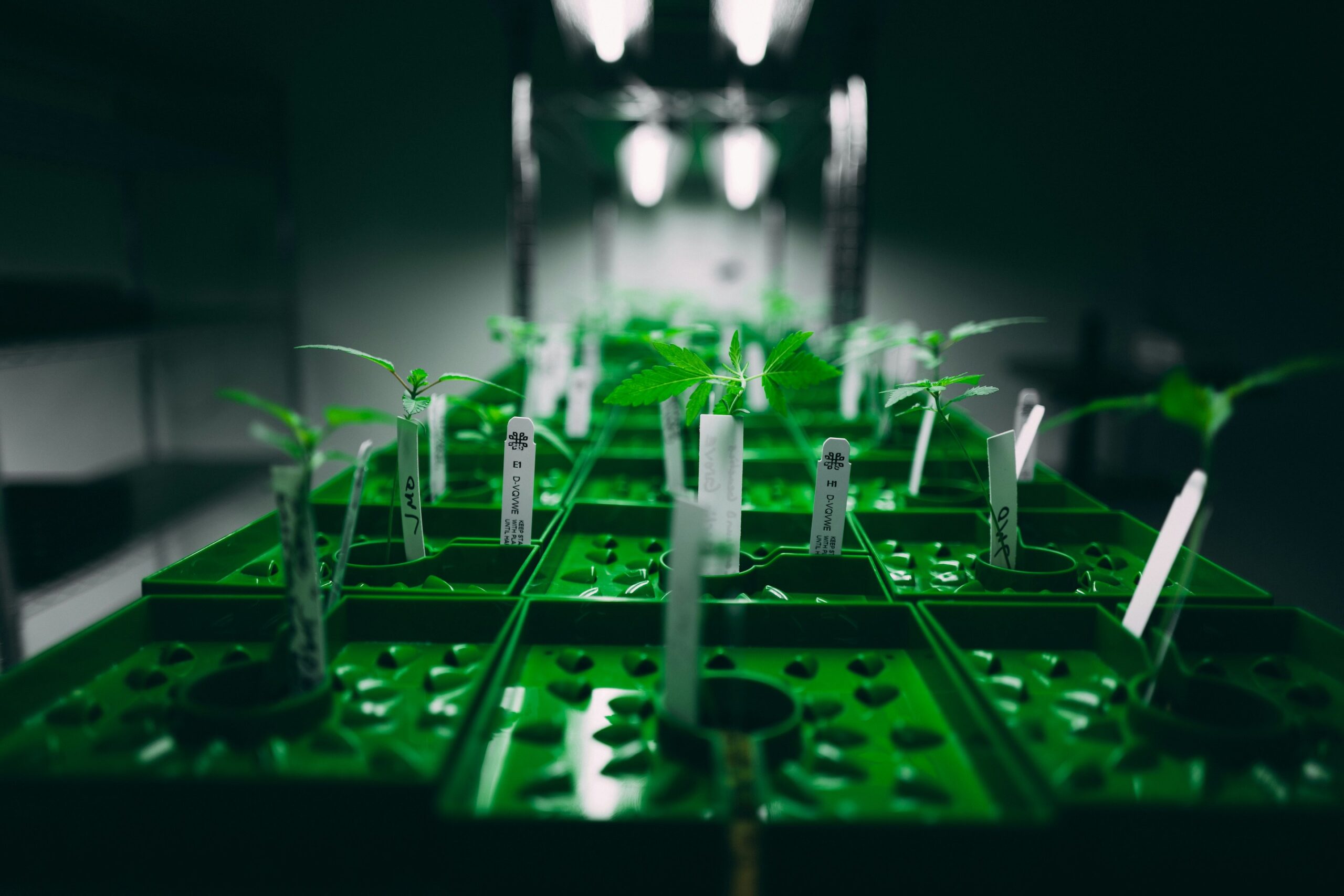April 22nd – April 29th 2022
Insomnia and Cannabis Use in Individuals with Depression and Anxiety
Cannabis was shown to improve sleep behavior in both the depression and anxiety groups, a new study reports.
Sleep is a naturally recurring state of mind and body that typically recurs for several hours every night. It is a biological process that is essential for life and optimal health, and as such, sufficient duration time and sleep quality contribute to the overall well-being of a person. It helps regulate brain function such as learning/memory and systemic physiology which includes proper metabolism, appetite regulation, and the normal functioning of the immune and cardiovascular systems). [1]
However, despite being critical in maintain overall health, an increasing number of individuals have sleeping disorders as subsequent mood and anxiety disorders. Studies have shown that individuals with anxiety disorders report insomnia prevalence rates of 70–90% with co-occurring insomnia associated with increased risk of lifetime anxiety disorders. [2] In addition, individuals with major depression disorder (MDD) also reports higher number of insomnia-like events with poorer sleep associated with greater depressive-like symptoms. [3] Despite this, current pharmacotherapies are limited and there is a need to investigate alternative strategies, with cannabis products gaining increasing interest and attention.
Previous studies have indicated that cannabis use was associated with a reduction of anti-anxiety, sleep, and anti-depression medications, suggesting it could be an important agent to treat insomnia in individuals with depression, anxiety, or both. [4]
A group of researchers in Canada collected data using the Strainprint app (allowing for cannabis consumers to track their symptoms pre and post cannabis use) to develop a better understanding of cannabis use patterns in individuals with the above conditions. [5],[6] Recorded information included product types, modes of consumption, and dosage.
They found that cannabis in the dried form was most used and efficacious across the different conditions. While cannabis was perceived to decrease insomnia in all conditions, indica, sativa, and hybrid-dominant strain were reported to have the most improvement in insomnia symptoms in the depression group while no differences in strains were noted in the anxiety and depression/anxiety groups.
The authors concluded: “In terms of perceptions, individuals with depression, anxiety, and both conditions who use cannabis for insomnia report significant improvements in symptom severity after cannabis use… The current study highlights the need for placebo-controlled trials investigating the efficacy and safety of cannabinoids for sleep in individuals with mood and anxiety disorders.”
Understanding the Relationship Between Sleep Disturbance and Dopamine in ∆9-Tetrahydrocannabinol (∆9-THC)-Abstinent Mice
Results showed that mice are an important and reliable model to study translatable ∆9-THC withdrawal symptoms.
Despite holding therapeutic potential in a wide array of medical conditions, consuming cannabis can have negative consequences if abused. On top of impacting overall lung health (if smoked), chronic cannabis consumers can experience symptoms of craving, increased tolerance, and withdrawal leading to cannabis use disorder (CUD). [7]
It is known that cannabis cessation can lead to cannabis withdrawal symptoms (CWS) which include, to list a few, irritability/ aggression, nervousness/anxiety, disrupted sleep or depressed mood. [8] One key neurotransmitter known to play important roles in regulating CUD, behavioral alterations during drug withdrawal and sleep is dopamine.[9],[10] However, limited studies investigating objective measures of spontaneous withdrawal using paradigms that mimic cessation of use in humans are available.
A group of US and Brazilian researchers aimed to determine alteration in dopamine release, sleep disruption and subsequent changes in behavioral pattern of spontaneous ∆9-tetrahydrocannabinol (∆9-THC) withdrawal in mice. [11]
They found that altered dopamine release, sleep, and affect-related behaviors were associated with spontaneous ∆9-THC abstinence, which was more consistently observed in male mice.
The authors concluded: “Overall, our experiments show that mice can be used to study translatable THC withdrawal symptoms and neural mechanisms that might drive these symptoms… Future studies based on the treatment protocol and timepoints used in our study can unravel the likely complex neural mechanisms that drive sleep disruption and behavioral maladaptation prevalent in CWS – crucial first steps towards therapeutics to combat CUD.”
Investigating the Potential of Cannabis in Chronic Kidney Disease (CKD)
Cannabis may protect oxidative injury from CKD, a new study reports.
Chronic kidney disease (CKD) affects between 8 and 16% of the population worldwide and is often underrecognized by patients and clinicians and is projected to be the world’s 5th leading cause of death by 2040. [12],[13]Individuals with CKD have impaired kidney function, thus toxic waste and extra fluid accumulate in the body which can lead to high blood pressure, heart disease, stroke, and early death. [14]
One of the processes implicated in the pathogenesis and progression of renal dysfunction is oxidative stress, defined as disturbances in the pro/antioxidant balance leading to generation of reactive oxygen species, known to be involved in the pathogenesis of CKD. [15],[16] Known for its potential antioxidant properties, the cannabis plant represents a novel therapeutic route to counteract kidney disease.
A group of researchers from Nigeria and South Africa aimed to investigate whether cannabis can have protective effects in oxidative injured monkey kidney cells. [17]
Using a wide array of experimental approaches, they found that the cannabis plant has a nephroprotective effect in mitigating oxidative stress while suppressing activities of enzymes involved in glucose metabolism.
The authors concluded: “These results portray the protective potentials of Cannabis sativa against iron-mediated oxidative renal injury… Further studies are however recommended to decipher the molecular mechanisms in in vivo and clinical studies.”
Cannabis at Farmers Markets: the New Californian Norm?
This would allow cannabis growers to obtain permits to showcase cannabis products.
Cannabis growers could soon be allowed to offer cannabis products at licensed events such as farmers markets under Assembly Bill 2691. [18] The bill passed the legislation on April 26 and is now headed to the Assembly Appropriations Committee, followed by the full Assembly and Senate before finally arriving at the Governor’s desk.
Similar to showcasing varieties of wine, beers, and fresh produces, cannabis products would also have the opportunity to be displayed at farmers markets. The bill’s sponsor, Assemblyman Jim Wood said: “the focus of AB 2691 is to help legal cannabis farmers who grow less than 1 acre of cannabis get consumer recognition for their unique products, much as has been done for craft beer, artisanal wine, and other family farm agricultural products”. [19]
Opponents of the bill argue that it would violate Proposition 64 (legalized adult cannabis use in California) and it would not expand market access while those who support the bill emphasize that farmers markets would be the ideal place to increase awareness of cannabis products.
References
[1] Consensus Conference P, Watson NF, Badr MS, et al. Joint Consensus Statement of the American Academy of Sleep Medicine and Sleep Research Society on the Recommended Amount of Sleep for a Healthy Adult: Methodology and Discussion. Sleep 2015;38(8):1161-83. DOI: 10.5665/sleep.4886
[2] Bei B, Asarnow LD, Krystal A, Edinger JD, Buysse DJ, Manber R. Treating insomnia in depression: Insomnia related factors predict long-term depression trajectories. J Consult Clin Psychol 2018;86(3):282-293. DOI: 10.1037/ccp0000282
[3] Soehner AM, Harvey AG. Prevalence and functional consequences of severe insomnia symptoms in mood and anxiety disorders: results from a nationally representative sample. Sleep 2012;35(10):1367-75. DOI: 10.5665/sleep.2116.
[4] Piper BJ, DeKeuster RM, Beals ML, et al. Substitution of medical cannabis for pharmaceutical agents for pain, anxiety, and sleep. J Psychopharmacol 2017;31(5):569-575. DOI: 10.1177/0269881117699616.
[5] https://strainprint.ca/#, assessed on April 28, 2022
[6] Kuhathasan N, Minuzzi L, MacKillop J, Frey BN. An investigation of cannabis use for insomnia in depression and anxiety in a naturalistic sample. BMC Psychiatry. 2022 Apr 28;22(1):303. doi: 10.1186/s12888-022-03948-6. PMID: 35484520.
[7] Kesner AJ, Lovinger DM. Cannabis use, abuse, and withdrawal: Cannabinergic mechanisms, clinical, and preclinical findings. J Neurochem 2021;157(5):1674-1696. DOI: 10.1111/jnc.15369.
[8] American Psychiatric Association, Diagnostic and statistical manual of mental disorders (5th ed.). 2013, Washington, DC.
[9] Volkow ND, Morales M. The Brain on Drugs: From Reward to Addiction. Cell 2015;162(4):712-25. DOI: 10.1016/j.cell.2015.07.046
[10] Alonso IP, Pino JA, Kortagere S, Torres GE, Espana RA. Dopamine transporter function fluctuates across sleep/wake state: potential impact for addiction. Neuropsychopharmacology 2021;46(4):699-708. DOI: 10.1038/s41386-020-00879-2.
[11] Kesner AJ, Mateo Y, Abrahao KP, et al. Changes in striatal dopamine release, sleep, and behavior during spontaneous Delta-9-tetrahydrocannabinol abstinence in male and female mice. Neuropsychopharmacology 2022. DOI: 10.1038/s41386-022-01326-0.
[12] Jha V, Garcia-Garcia G, Iseki K, et al. Chronic kidney disease: global dimension and perspectives. Lancet 2013;382(9888):260-72. DOI: 10.1016/S0140-6736(13)60687-X.
[13] Foreman KJ, Marquez N, Dolgert A, et al. Forecasting life expectancy, years of life lost, and all-cause and cause-specific mortality for 250 causes of death: reference and alternative scenarios for 2016-40 for 195 countries and territories. Lancet 2018;392(10159):2052-2090. DOI: 10.1016/S0140-6736(18)31694-5.
[14] https://www.niddk.nih.gov/health-information/kidney-disease/chronic-kidney-disease-ckd/what-is-chronic-kidney-disease, assessed on April 28, 2022
[15] Daenen K, Andries A, Mekahli D, Van Schepdael A, Jouret F, Bammens B. Oxidative stress in chronic kidney disease. Pediatr Nephrol 2019;34(6):975-991. DOI: 10.1007/s00467-018-4005-4.
[16] Irazabal MV, Torres VE. Reactive Oxygen Species and Redox Signaling in Chronic Kidney Disease. Cells 2020;9(6). DOI: 10.3390/cells9061342.
[17] Erukainure OL, Rademan S, Erhabor JO, Chukwuma CI, Nde AL, Matsabisa MG. Cannabis sativa L. protects against oxidative injury in kidney (vero) cells by mitigating perturbed metabolic activities linked to chronic kidney diseases. J Ethnopharmacol 2022:115312. DOI: 10.1016/j.jep.2022.115312
[18] https://leginfo.legislature.ca.gov/faces/billNavClient.xhtml?bill_id=202120220AB2691, assessed on April 28, 2022
[19] https://www.kcra.com/article/ab-2691-bill-cannabis-growers-sell-farmers-markets/39844630#, assessed on April 28, 2022






